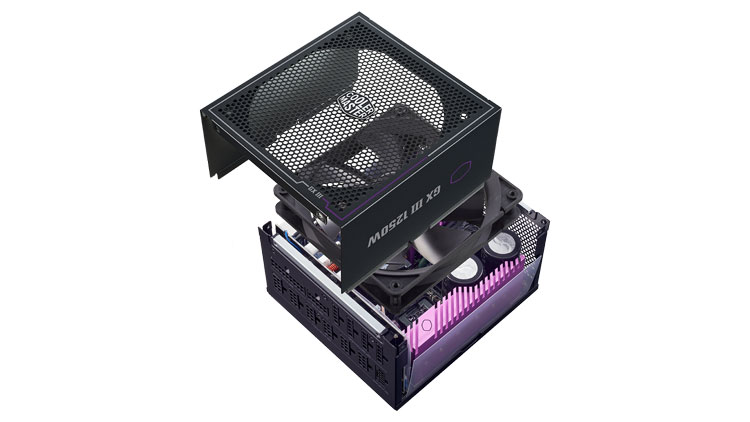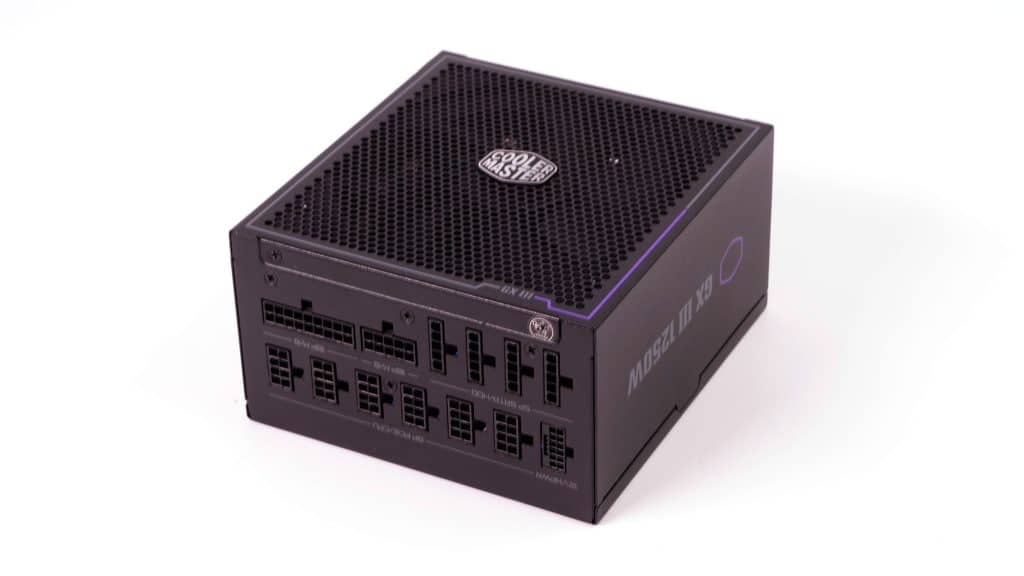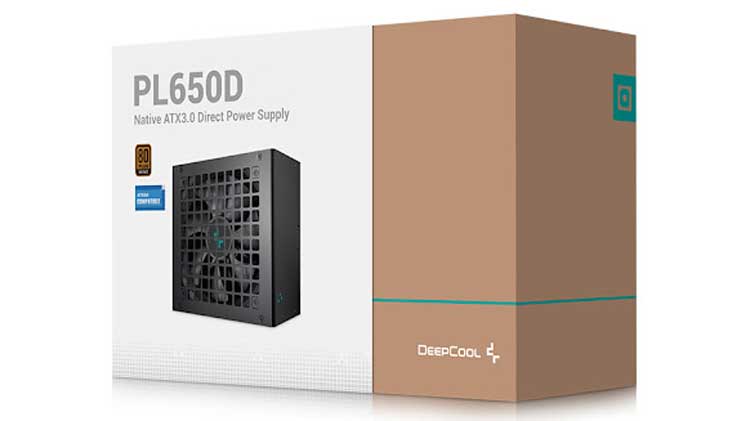Epilogue
The Cooler Master GX III 1250W doesn’t register a high overall performance because of the loose overall load regulation, mainly on the secondary rails, the not-so-good transient response at ATX v3.x scenarios, and the not competitive ripple suppression, which, however, is not mediocre. The good performance aspects include the low 12V deviation at normal transient response loads, the excellent performing APFC converter, and the long hold-up time. Moreover, this PSU practically has zero inrush currents. I tried hard to make it deliver something notable from inrush currents, but I failed in any scenario.
In the protection features section, which is among the most important, it is nice to see appropriately set OCP triggering points on the minor rails and conservatively set OCP at 12V and OPP triggering points. My only complaint is that OCP at 12V under hot conditions should be lower than the equivalent under cold conditions.
Generally, this PSU fails to impress by looking at its overall performance, but if you only look at this chart, you will probably lose the overall picture. Its build quality is good, its protection features work well, and its efficiency is decent for the Gold category’s standards. Moreover, the 600W 12+4 pin connector lets you power every modern GPU, including power-hungry RTX 4090s. The 12VHPWR header on the PSU’s modular panel will let some of you down, I know, but the fact is that there aren’t many cases where this connector had issues on a PSU’s modular panel. In any case, I am sure that CM will soon upgrade this model with a 12V-2×6 header, even silently. Please don’t ask me when this will happen because I don’t know. It would also be nice if CM upgraded the ATX v3.x transient response performance because the PSU loses notably to other units in this section.
To check all alternative PSU offerings, read my Best ATX v3.x PSUs article before investing in a new power supply. You help me a lot by using my affiliate links, which don’t increase the product’s price. I get a commission from Amazon every time you do it, which can make a difference for me, especially now that I am on my own, working exclusively for my media and not for someone else.
- Delivered full power at 47°C
- ATX v3.0 and PCIe 5.0 ready
- High soldering quality
- High efficiency at light and super-light loads
- Great performing APFC converter
- Dead low inrush currents
- Conservatively set protection features
- Efficient 5VSB rail
- Good transient response at +12V in normal scenarios
- Long hold-up time
- Long and accurate power ok signal
- Alternative Low Power Mode (ALPM) compatible
- Fully modular
- Plenty of cables, including a high power one (12+4 pin, 600W)
- FDB fan
- Compact dimensions
- Ten-year warranty
- Expensive
- Low overall performance
- Fan speed profile could be better for lower noise output
- Loose load regulation on the minor rails
- Mediocre 12V transient response in ATX v3.x scenarios
- Above 0.1W standby power at 230V
- EPS cables should be longer than the ATX one
- Short distance (120mm) between peripheral connectors
- AWG18 gauges on the ATX and EPS cables



